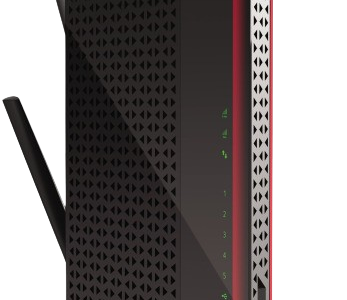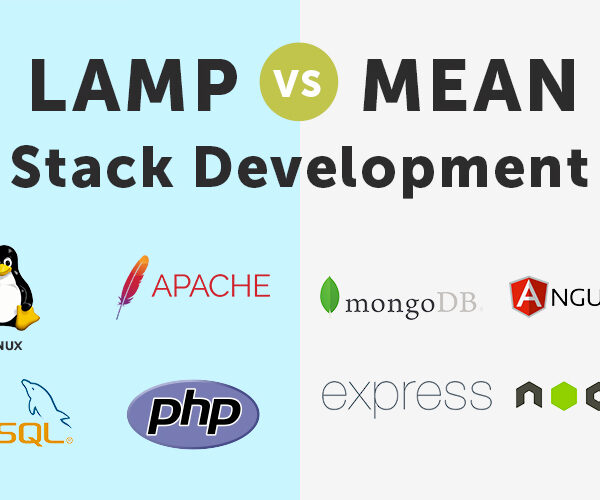
The transportation field is changing. Smart, green, and more connected technologies are today enabling a new breed of smarter, greener and more connected ways of moving. At the core of their innovations is the cloud, which provides a flexible infrastructure capable of allowing any idea to grow and have a project developed that was not possible before.
From optimizing fleet management to reworking journey experiences, cloud services are the real operating system driving many technological advances across entire systems.
Let’s explore 10 areas where the cloud is making its mark on transportation.
1. Smart Fleets: Data-Driven Optimization in Real Time
Fleet operators have long struggled with inefficient routing and underutilized assets. But with cloud computing, real-time vehicle tracking and analytics are transforming fleet management. By aggregating location data from connected vehicles, managers gain unprecedented visibility into their daily operations.
AI and machine learning algorithms then crunch those petabytes of information, surfacing insights to maximize efficiency. Routes automatically adjust based on traffic or new job requests. Idle time and empty miles vanish as resources are deployed intelligently. It’s fleet optimization taken to an exciting new level.
2. Predictive Maintenance: Avoiding Breakdowns Before They Happen
Unplanned vehicle downtime can be hugely disruptive and costly. Using cloud-hosted sensors and predictive models, this is becoming a thing of the past.
- Remote condition monitoring evaluates operating parameters to detect early signs of component fatigue or failure.
- Cloud service analytics then identify patterns indicating upcoming issues.
- With these predictions, maintenance schedules transition from reactive to proactive.
Technicians address problems before breakdowns occur, slashing repair costs while keeping fleets on the road. Uptime is optimized as unexpected outages become a rare thing indeed.
3. Augmenting Infrastructure: The Intelligent Transport System
To provide meaningful transformation in transportation, this would entail integrating infrastructure into integrated networks. By employing cloud computing on the roadside, at traffic lights, toll booths and other locations, the cloud brings everything together into a holistic intelligent transport system.
Real-time information on traffic data, vehicle location, and demand forecasting is used for on-the-spot precision operation of the traffic flow according to moment-to-moment situations. Intersections temper themselves intelligently with current situations.
4. Reimagining the Passenger Experience
In airports, train stations and beyond, the passenger experience is being rethought thanks to cloud service technologies.
- Contactless payments and mobile ticketing eliminate lines, while beacon positioning guides travelers intuitively.
- Messaging platforms and augmented/virtual reality are being explored to provide interactive wayfinding, entertainment, and personalized travel advisories.
- Real-time transit updates keep passengers informed of delays or schedule changes.
Perhaps most exciting are concepts like holographic displays and conversational agents that could one day revolutionize how we navigate the transportation ecosystem altogether. The possibilities are endless when innovation meets infrastructure.
5. Enabling New Mobility Models
With the aid of such services as carsharing, ridesharing, and micro-transit, the cloud has made it possible for us to innovate altogether new approaches to mobility. The required balance of convenience through flexible services and easy payments aims at redefining the old paradigms that, in some cases, were still valid but, being outdated, have become obstacles to a more decentralized future.
The illustration and orchestration of public and private transport options in single mobility as a service interfaces are meant for easy and less hustling when using multimodal trips. AI facilitates the pairing of the drivers with the passengers as well as informing the drivers about the pick-up and drop-off locations.
6. Driving Connected Vehicles
Vehicle connectivity is the next frontier, and cloud computing technologies are essential to realizing its potential. Whether facilitating over-the-air updates, supporting advanced driver assistance systems, or enabling vehicle-to-everything communication, the cloud provides the backbone. Its low-latency networks and edge deployments are what allow connected vehicles to interact seamlessly and safely.
Data from these vehicles also benefits the broader transport ecosystem when aggregated anonymously. Applications for platooning, remote monitoring, and predictive collision avoidance are already enhancing road safety thanks to insights gleaned from petabytes of sensor data. And this is just the beginning; with 5G on the horizon, the possibilities are limitless.
7. Optimizing the Supply Chain
Effective logistics plays an important role, but coordinating the overpopulated supply chains becomes a complicated development. This process is brought to the next level through real-time monitoring and analytics in the cloud to maximize efficiency at each stage. From writing load planning and dispatching documents to real-time tracking and document management, the cloud enables end-to-end integration.
AI helps in routing optimization and predictive modeling to make demand predictions. Intermodal coordination is streamlined. Matters such as delays and deficits tend to be foreseen.
8. Reengineering Multimodal Planning
Cloud-powered APIs and mobile apps aggregate transportation data to provide door-to-door itineraries incorporating every mode, from walking to carsharing to public transit. Machine learning algorithms further optimize recommendations based on an individual’s preferences, like cost, time, or environmental impact. As mobility options continue to diversify, these tools ensure seamless connections regardless of the final destination. They also help agencies evaluate demand and resource allocation to shape future infrastructure investments.
9. Advancing Aerospace Through Simulation
Within aerospace, simulation has long been a critical part of design, testing, and training processes. However, cloud computing is allowing simulation to reach new heights. By offloading computationally intensive simulations to cloud supercomputing clusters, engineers can now model incredibly complex systems and scenarios.
Virtual and augmented reality bring these simulations to life, while AI assists with automation. Maintenance technicians also leverage cloud-based simulation for remote troubleshooting. The result is safer, more efficient, and more sustainable aviation thanks to virtually limitless computing power on demand.
10. The Sky’s the Limit: Transportation Transformed by Cloud Innovation
Through scalable infrastructure, advanced analytics, ultra-low-latency networking and virtually unlimited computing power, cloud services have become a transport innovation engine. It is enabling the progress of systems as a whole while providing new business models and experiences for consumers.
Final Words
The cloud will undoubtedly play a central role in helping people and goods move smarter, safer, and more sustainably. The innovations highlighted here prove transportation is poised for its most transformative period yet. With the cloud lighting the way, the sky truly is the limit. Through the five generations of wireless technology (5G) and continuous AI improvements, the potential for IOT is beyond belief.










